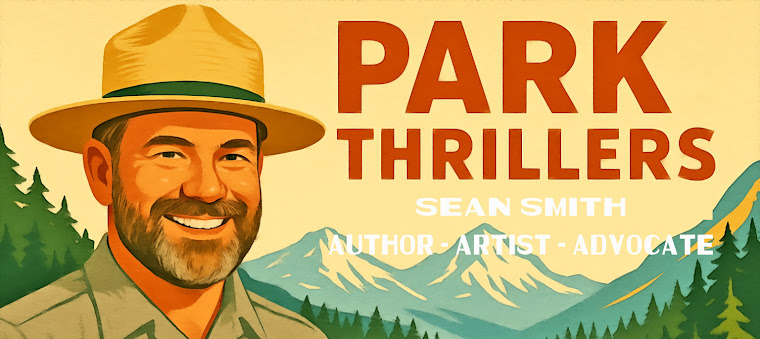 |
| Dolores Canyons, Cawright2007 |
The Antiquities Act: Empowering Presidential Action
To understand the significance of President Biden's move, it's essential to delve into the history of the Antiquities Act of 1906. Enacted by President Theodore Roosevelt, this landmark legislation grants the President the authority to establish national monuments to protect significant natural, cultural, or scientific features on federal lands. Over the years, presidents from both parties have utilized this power to safeguard precious landscapes and historical sites nationwide.
Dolores Canyons: A Long Journey to Preservation
The journey to establish a national monument at Dolores Canyons has been years in the making. This breathtaking region in southwestern Colorado boasts rugged canyons, pristine wilderness, and rich archaeological sites, including ancient Puebloan dwellings. Efforts to protect this area have been driven by a coalition of conservationists, Indigenous communities, outdoor enthusiasts, and local residents who recognize its ecological and cultural significance.
Dispelling Myths: Debunking Misconceptions About National Monuments
President Biden's decision to designate Dolores Canyons as a national monument has reignited debates and myths surrounding the Antiquities Act and federal land management. Let's debunk some of the common misconceptions:
Myth: The Federal Government Cannot or Does Not Own Land, nor can it set rules for that Land.
Reality: The federal government owns vast tracts of land across the United States, including national parks, forests, wildlife refuges, and monuments. The Supreme Court has, on multiple occasions, upheld the federal government's authority to permanently reserve portions of the public domain as national parks, forests, and refuges and to manage those lands. As such, federal lands are held in trust for the American people and managed by federal agencies such as the National Park Service for conservation, recreation, and other purposes.
Myth: Designating a National Monument Steals Land from Locals.
Reality: Designating a national monument does not entail seizing private property. Instead, it involves protecting federal lands already owned and managed by the government, ensuring their preservation for future generations.
Myth: National Monuments Impede Economic Development
Reality: Studies have shown that national monuments can boost local economies through increased tourism, outdoor recreation, and job creation. Protected areas attract visitors who contribute to the economy by spending on accommodations, dining, and recreational activities.
Looking Ahead: Balancing Conservation and Access
As the debate over Dolores Canyons unfolds, balancing conservation efforts and public access is essential. Collaborative management approaches involving local communities, Indigenous stakeholders, government agencies, conservation organizations, and the general public can ensure that the land is preserved while facilitating responsible recreational opportunities and cultural heritage appreciation. To add your support for this designation, please visit: Take Action — Protect the Dolores
In conclusion, President Biden's decision to designate Dolores Canyons as a national monument underscores the importance of preserving our natural and cultural treasures for future generations. While challenges and debates may arise, informed dialogue and collaborative efforts can achieve a sustainable balance between conservation and access to our public lands.


No comments:
Post a Comment